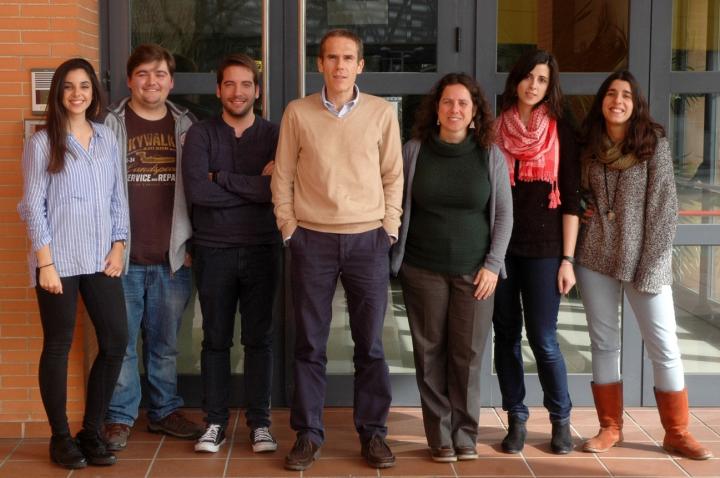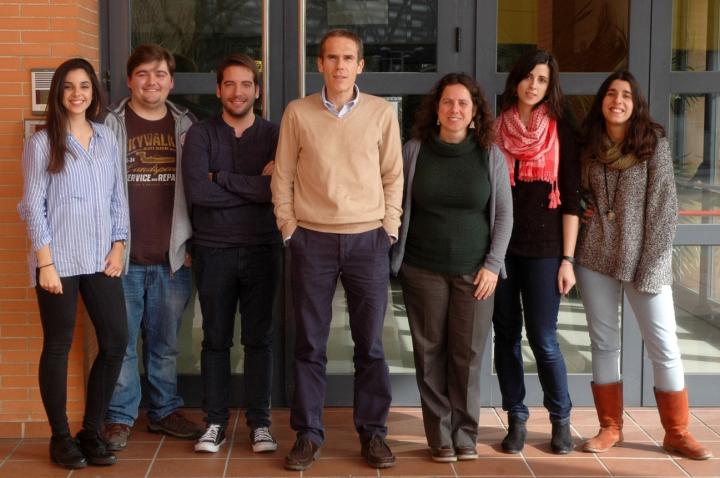
Credit: University of Seville
Experts from the University of Seville and the Andalusian Centre for Molecular Biology and Regenerative Medicine (Cabimer) have published a new study on the mechanisms that regulate cell division and guarantee the correct distribution of chromosomes during this process. In particular, they especially highlight the fundamental role that an organelle, specifically the nucleolus, plays in the coordination of these processes.
In the nucleolus, hijacked proteins are kept which are key to the regulation of the cell cycle. These are only released when it is necessary for them to carry out their function. The peculiar structure of the nucleolus is, however, inconvenient for the cells. So, once the genome is copied so it can be distributed between the daughter cells during cell division, the repetitive nature of Ribosomal DNA, around which the nucleolus is formed, means that unions can be generated between the chromosomes that can interfere with the correct distribution of the chromosomes during mitosis. In order to eliminate these unions, the cells promote DNA condensation, which leads to the compaction of the DNA before its distribution.
"Our study has demonstrated that precise temporal control of rDNA compaction is necessary to allow equal distribution of the chromosomes during mitosis without interfering with the correct progression of the cell cycle. Additionally, our results suggest that cells can use the degree of compaction of the nucleolus as a mechanism for stopping the progression of the cell cycle in adverse conditions, such as a lack of nutrients", explains the project director, Fernando Monje.
When the cells acquire an incorrect number of chromosomes, which is called aneuploidy, cellular tumours can appear. It is estimated that more than 90% of all solid tumours in humans are caused by aneuploidy. For that reason, understanding the mechanisms that guarantee the fidelity of the genome transmission during cell division is of enormous importance for understanding how errors in this process can cause the appearance of tumours.
"These advances in basic science open the door to future research which could help to clarify the mechanisms by which human cells guarantee the correct distribution of chromosomes during cell division. This, as has previously been indicated, will be of enormous help for understanding how errors in the functioning of these mechanisms can lead to the start of tumour growth", the researcher adds.
The experts at Cabimer are continuing to work to see how to stop cell proliferation in adverse conditions. This will allow for the identification of new factors that are involved in the appearance of diseases like cancer.
###
Media Contact
Fernando Monje
[email protected]
@unisevilla
http://www.us.es
Original Source
http://dx.doi.org/10.1016/j.cub.2017.09.028 http://dx.doi.org/10.1016/j.cub.2017.09.028





